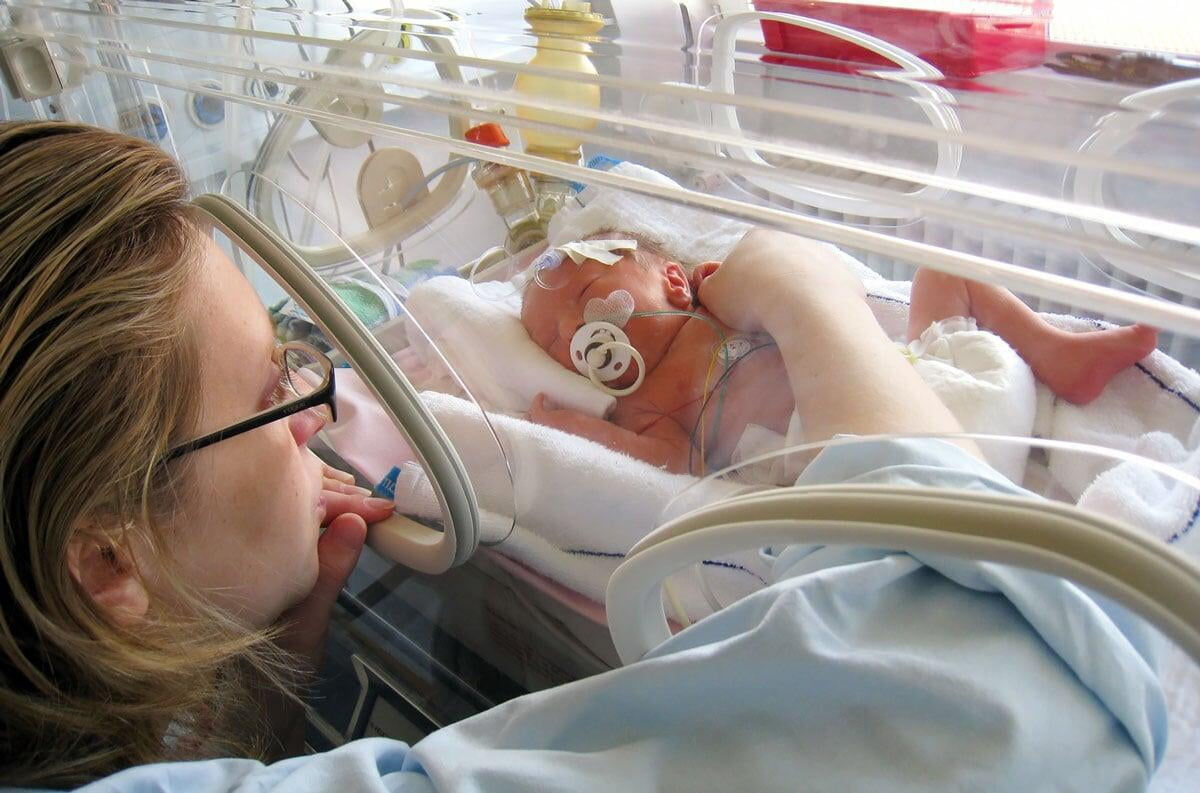Neonatology, one of the youngest fields in medicine, has come a long way from the early days of homemade incubators with babies on display at the 1896 World’s Fair. Up until the 1950s, the majority of babies born prematurely received little to no medical intervention and were unlikely to live. But NICU practices have changed dramatically in the last 50 years. Present-day technology and evidence-based research have drastically improved preterm infants’ chances of survival and quality of life.
Yet we still have a lot of work to do to decrease prematurity. Each year about 380,000 babies are born prematurely in the United States. This is a preterm birth rate of 10%, and it reaches as high as 15% in some cities, with large disparities between socioeconomic backgrounds and ethnicities. The preterm birth rate among black women in the United States, for example, is 50% higher than all other women. We need to do better for mothers and their babies!





